Linden /Tilia/ is a kind of tree which has about 40 variations. It’s widespread in temperate parts of the northern hemisphere - Asia, Europe and the eastern region of North America.
Some species grow wild. Linden tree reaches a height of 20 to 40 meters. It grows well on shaded and humid places. The colors are like little umbrellas with a nice yellow color and a strong, very pleasant aroma. These flowers are mass visited by bees. Tilia is one of the most aromatic and useful plants for honey.
It has been known since ancient times. The Celts believed that the tree is sacred and therefore tribal council met under a tree that is Linden. It was believed that it would ensure justice and fairness of decisions. Because of its small heart-shaped leaves, it is associated with the goddesses of love.
Linden is widespread - across mixed forests and thickets in rocky slopes in foothill and lower mountain belt in the country.
Types of Linden
Linden has about 40 species, but the most common are:
- American linden /Tilia Americana L/ - as understood from the name, this is found mainly in North America. It reaches a height of 40 meters, has a broad rounded crown. Its leaves are oval, tough and reach a length of 10 to 20 cm. Colors appear in July and are highly aromatic. Withstands drought and heat.

- Crimean linden /Tilia euchlora K. Koch/ - grows in Southern Europe. Forms an oval rounded crown and reaches a height of 20 meters. The leaves are about 10 cm high, egg-shaped and shiny dark green on top. Blooms in June.
- Big-leaf linden /Tilia platyphyllos Scop/ - grows throughout Europe. There is a broad pyramidal crown and a height of 40 meters. The leaves are heart-shaped rounded. Blooms in June, but is highly sensitive to drought and often its leaves begin to turn yellow in August.
- Silver linden /Tilia tomentosa/ - grows in eastern and southern Europe. There is a pyramidal crown, which is thicker than the other types. There are upright branches and a height of 30 meters. This is the most common type. Blooms later, but suffers less than other Linden does.
- Small-leaved linden /Tilia cordata Mill/ - grows throughout Europe, reaching a height of 25 meters. There is a thick stem that ends with a highly branched and dense crown. Blooms in June with very strong fragrant flowers.
Composition of Linden
Linden consists of essential oil /mainly farnezol/, glycoside, hesperidin flavine glycoside, tannins and saponins, yet to be researched are its mucus, vitamin C, provitamin A and others.
Collection and storage of Linden
The dried flowers of Linden can be purchased from any pharmacy. It is as a tea or in bulk form in containers. We can not deny that most delicious tea is hand picked Linden. The flowers are collected when more than half are blooming, and the rest have began to dissolve.
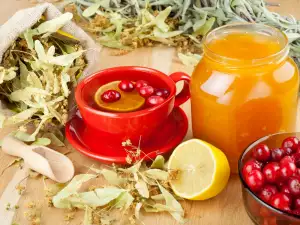
The colors are picked by hand with their leaf. While picking, the colors should not be crushed because during drying they may darken and lose much of their beneficial qualities. These colors are dried in the shade, or their handle becomes brittle in bending.
Benefits of Linden
Linden is a very common herb that is widely used in medicine and perfumery. The usable part of petals are the bracts, collected during flowering.
Linden blossoms have a strong and slightly disinfecting effect. It is also known as an anti spasmodic, anti-inflammatory and diuretic product.
From the colors of Linden, we make delicious tea that helps with inflammation of the upper respiratory tract, fever and diseases of the urinary tract. Used in epilepsy, vertigo, hysteria, hoarseness, headache and dizziness. Tilia is useful in neuritis and rheumatic pain. The tea is best to drink before bed.
To prepare a decoction of Linden, two liters of water and 100 g of Linden blossom are needed. If you gargle with 20 g of the brew in 250 ml of boiling water, add a spoonful of baking soda too.
Infusion of linden is prepared with 1 tablespoon finely chopped color and 250ml boiling water. After 20 minutes, the infusion is strained and drunk while still warm. The color of Linden, which is soaked for 8 hours in red wine /ratio of 1:10/ is very useful in anemia, also proves to be a strong tonic.
In folk medicine, Linden is applied to skin rashes and diarrhea, and external applications used for baths for nervous disorders, gargle it for sore throat and toothache.
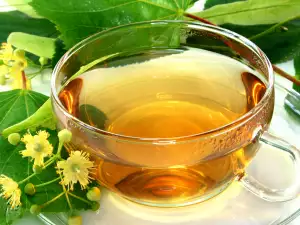
Linden in cosmetics
Linden is very widely used in cosmetics. The decoction is a component of many hair masks which enhance blond color. Distilled water from Linden blossom is very valuable because it has strong soothing properties. This can be used as a tonic for a person or as an additive in creams for very sensitive skin. The emollient is a valuable addition for night creams too.
A decoction of Linden is used for clearing for soothing the skin. Smear your face with a decoction of Linden tea, supplemented with honey. Leave the mask for about 10 minutes, then rinse with lukewarm water.
It is believed that when cooked with vinegar, Linden leaves are effective against hair loss. Wash your hair and then rinse it with a lukewarm decoction that has Linden.
Dangers of Linden
Although there are countless health benefits of Linden, it is one of the most unpleasant experiences for people who suffer from seasonal allergies. This causes problems with the eyes and nose, which are marked by serious discomfort. For this purpose, avoid walking in alleys planted with Linden trees and limit the opening of windows at home if Linden grows near by.
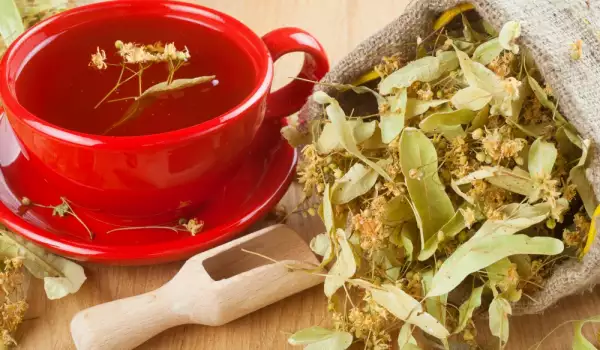
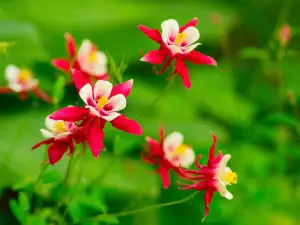
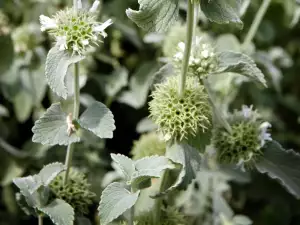
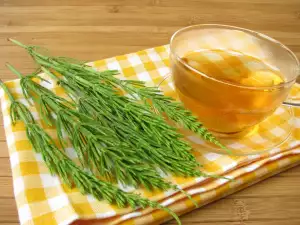

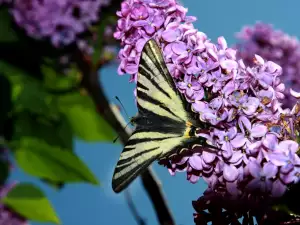
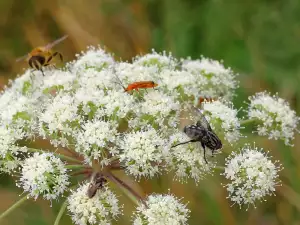
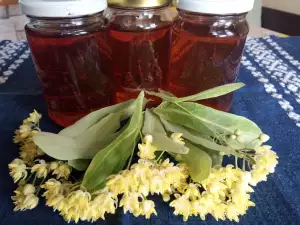
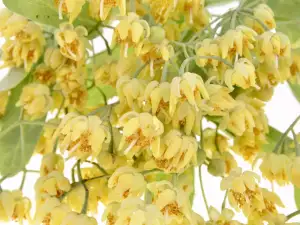

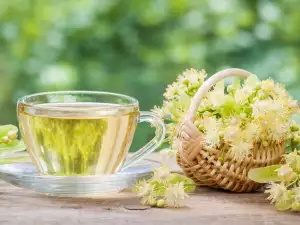
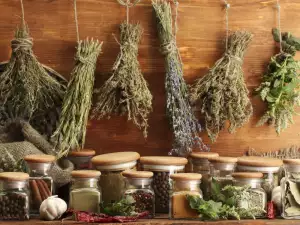








Comments